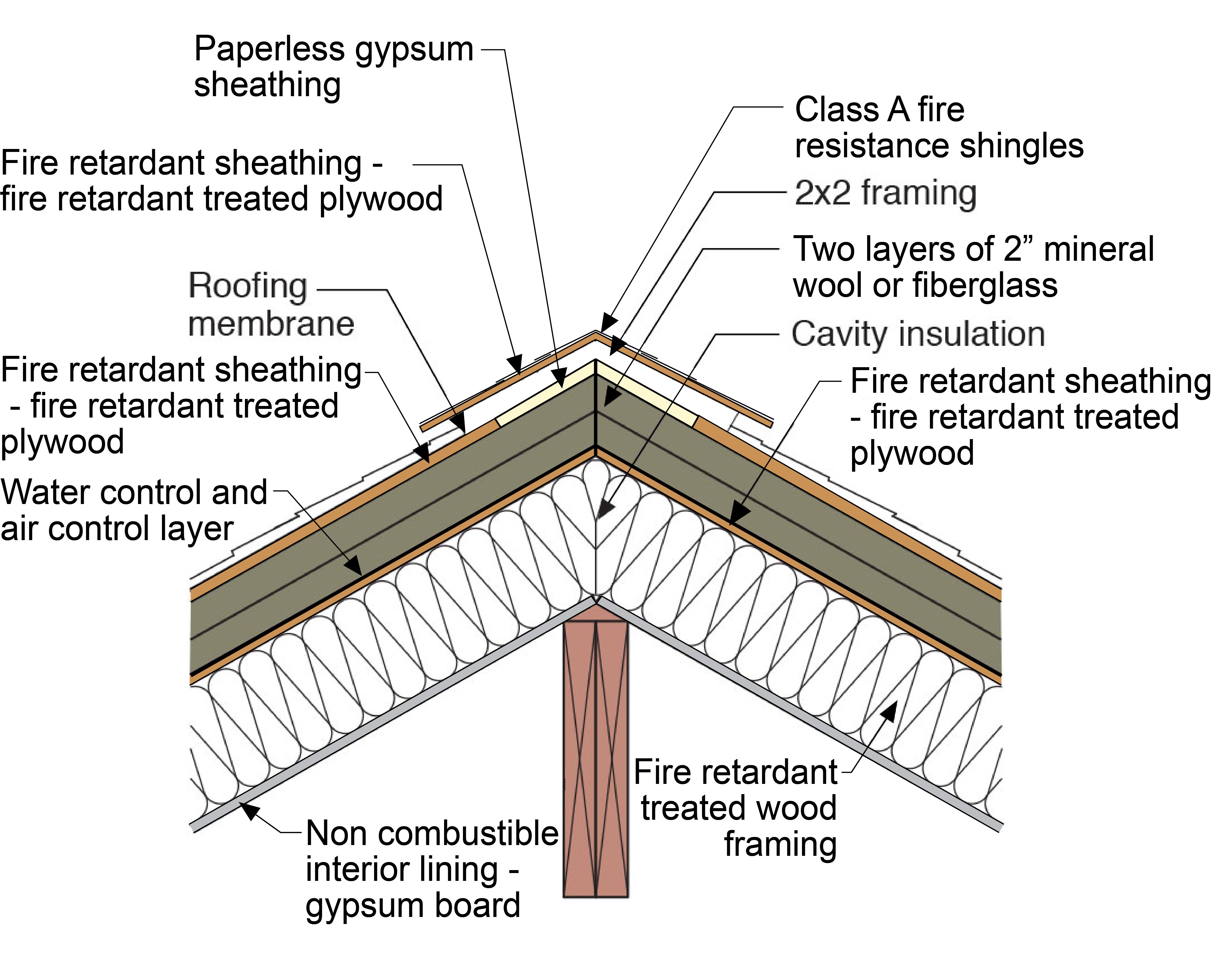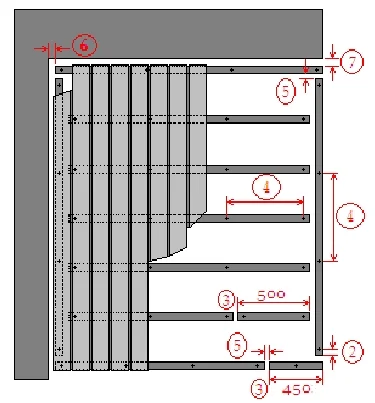
How to Install WPC Decking: A Step-by-Step Guide for DIY Enthusiasts
April 10, 2023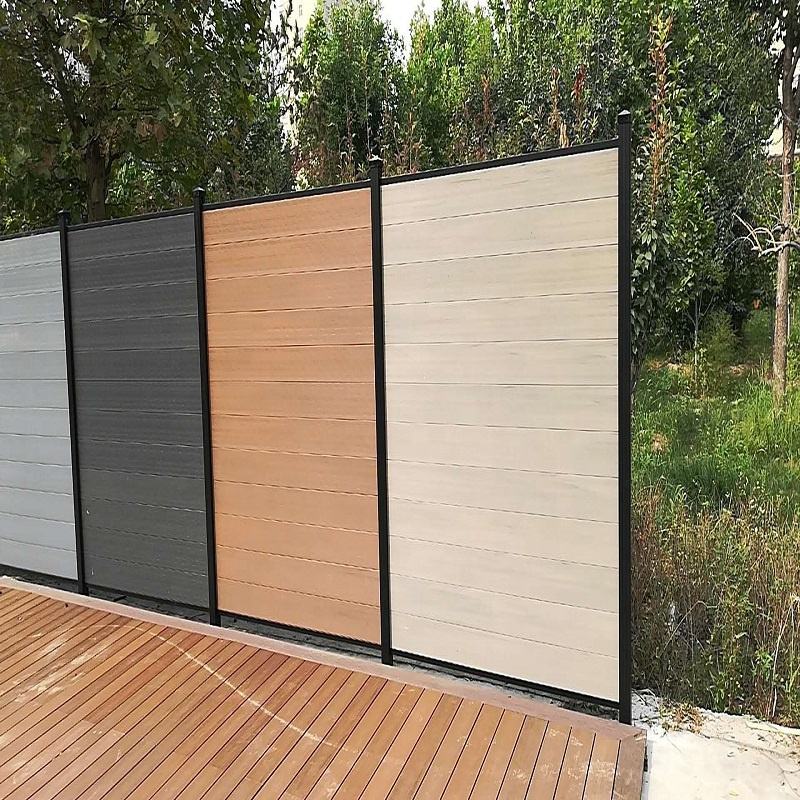
How to Install WPC Fencing in Small Gardens
May 4, 2023”
You know what really gets me fired up these days? Fire safety in decking materials. I’ve seen firsthand how clients are becoming increasingly particular about fire security – and honestly, it’s about time! Remember that shocking balcony fire incident in Dubai last year? It really made me rethink what materials I’d use for my own backyard renovation.
 Modern homeowners aren’t just looking for pretty decks anymore. They want peace of mind knowing their outdoor spaces won’t turn into kindling. That’s why understanding WPC decking’s fire ratings has become as crucial as checking its durability or color options. How confident are you about your deck’s reaction to stray barbecue sparks?
Modern homeowners aren’t just looking for pretty decks anymore. They want peace of mind knowing their outdoor spaces won’t turn into kindling. That’s why understanding WPC decking’s fire ratings has become as crucial as checking its durability or color options. How confident are you about your deck’s reaction to stray barbecue sparks?
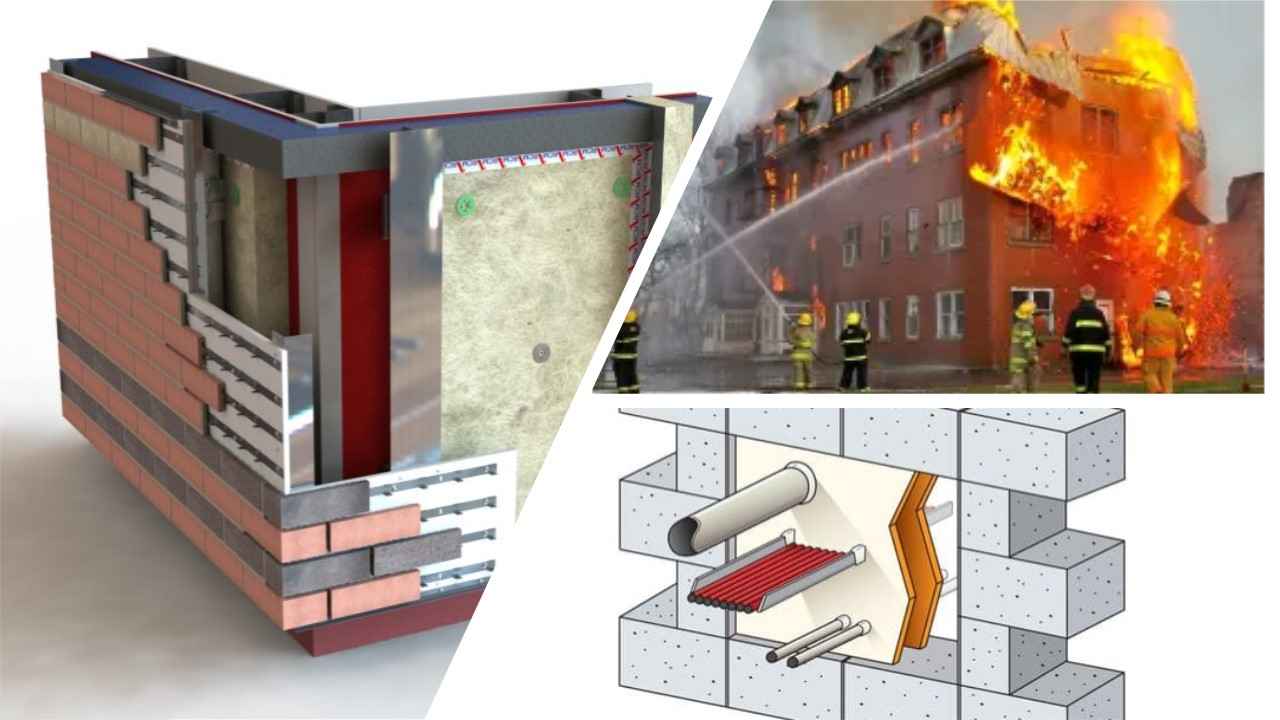 Here’s what I’ve learned through trial and error: Not all composite decks are created equal when flames come knocking. The good ones can mean the difference between a minor scorch mark and your entire patio going up in smoke. Surprised? I was too when I first saw proper fire-rated decking actually self-extinguish during testing!
Here’s what I’ve learned through trial and error: Not all composite decks are created equal when flames come knocking. The good ones can mean the difference between a minor scorch mark and your entire patio going up in smoke. Surprised? I was too when I first saw proper fire-rated decking actually self-extinguish during testing!
Next time you’re browsing decking options, ask the tough questions. Does it meet international safety standards? How quickly does it stop burning once the flame source is removed? These details might just save your outdoor oasis – trust me, it’s worth the extra consideration. After all, shouldn’t our relaxation spaces be as safe as they are beautiful?
When Fire Safety Meets Smart Decking Choices
Let me tell you why I always recommend Unifloor’s WPC decking to safety-conscious clients. Having worked on numerous patio projects, I’ve seen how quickly flames can spread – that’s why their Class B fire rating really stands out. Picture this: You’re enjoying a summer barbecue and a stray spark lands on your deck. With ordinary wood, that could spell disaster. But Unifloor’s specially formulated composite material actually resists ignition like a protective shield!

What does Class B really mean in plain terms? Think of it as your deck’s personal firefighter. When exposed to flames, the material doesn’t just sit there – it actively fights back. The secret lies in the advanced flame-retardant additives that create what I call a “self-defense system”. Unlike traditional wood that feeds fires, this decking actually starves the flames, making it extinguish on its own. I’ve personally tested samples (safely, of course!) and been amazed at how the fire just… gives up.
Here’s the technical bit made simple: Meeting the EN 13501-1 standards isn’t just checking boxes. It means real-world protection that’s been through rigorous lab simulations. Whether it’s patio heaters, fireworks mishaps, or that overambitious fire pit setup, this decking acts like a responsible babysitter – always keeping safety first.

Now, you might wonder – does this safety come at the cost of aesthetics? Absolutely not! The capped composite technology maintains that beautiful wood-like appearance while adding an invisible protective layer. It’s like having a security guard dressed in designer clothes – stylish yet vigilant. From poolside installations to rooftop bars, I’ve used this material in situations where both looks and safety can’t be compromised.
Pro tip: When comparing decking options, always ask about the fire rating classification. That B rating isn’t just a letter – it’s peace of mind. Remember, a deck isn’t just an extension of your living space; it’s an investment in safe, worry-free outdoor living. And isn’t that what we all want when creating our dream outdoor areas?
Let me tell you, I’ve been genuinely impressed by how versatile Unisign WPC decking really is. Whether you’re sprucing up your backyard or designing a trendy cafe patio, this material truly shines. Just last week I saw it working magic at a local boutique’s outdoor display area – the rich wood-like texture made their merchandise pop while maintaining that crucial fire safety we discussed earlier.
 What really surprises most people (myself included at first!) is how seamlessly it transitions between residential and commercial spaces. Picture this: your morning coffee on a weather-resistant balcony deck that looks like genuine teak, or a hotel poolside that stays cool underfoot even in midday sun. I’ve even recommended it for rooftop gardens where traditional wood would warp within months.
What really surprises most people (myself included at first!) is how seamlessly it transitions between residential and commercial spaces. Picture this: your morning coffee on a weather-resistant balcony deck that looks like genuine teak, or a hotel poolside that stays cool underfoot even in midday sun. I’ve even recommended it for rooftop gardens where traditional wood would warp within months.
The team at Plastory showed me some incredible installations – think upscale restaurants using the coffee-embossed pattern for their outdoor dining areas, or modern offices creating collaborative spaces on previously unused terraces. One project that stuck with me? A botanical shop using the decking’s natural aesthetic to blend their indoor showroom with an outdoor plant display area. Smart move that actually boosted foot traffic!
Here’s the kicker – while it looks upscale, maintenance is a breeze. No more weekend staining sessions like with traditional wood. Just regular sweeping and occasional soapy water rinse keeps it looking fresh. Pro tip from experience: go for textured surfaces in high-traffic commercial areas. The extra grip makes all the difference when hosting events or dealing with spilled drinks!
When it comes to choosing your perfect decking solution, I’ve found Unifloor really nails it with their variety of options. Let’s break this down – they’ve got four main types that cover pretty much any project you can imagine. The hollow-core decking is my go-to recommendation for commercial spaces, acting like the ‘lightweight champion’ of the lineup while still maintaining solid durability.
For residential projects where you want that extra sturdiness underfoot, their solid deck boards are what I call the ‘tank’ of composite materials. Now here’s where it gets interesting – their capped vs uncapped options. The capped version works like an invisible shield, perfect for pool areas or coastal homes where moisture resistance matters. I recently used these for a beachside café renovation and they’re holding up like champs against salt spray.
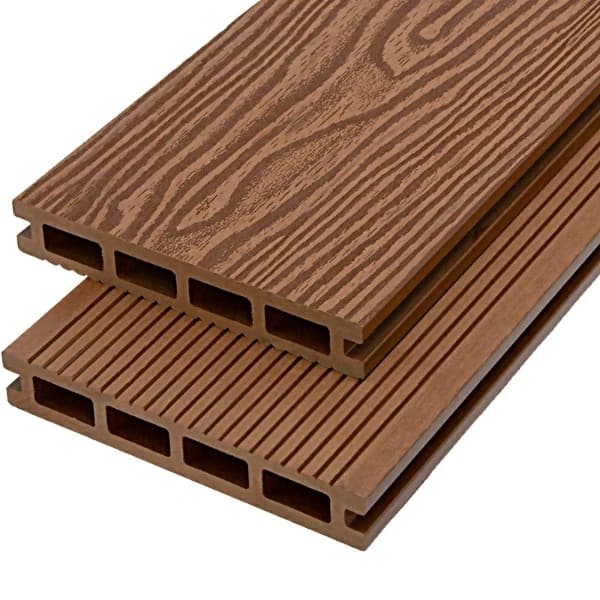
What most homeowners don’t realize is that these different specs actually solve specific problems. That hollow-core design? It’s secretly brilliant for hidden wiring in rooftop decks. And if you’re worried about maintenance (who isn’t?), the capped boards practically clean themselves. Pro tip: Check out this composite materials guide I found super helpful when planning my last deck installation.
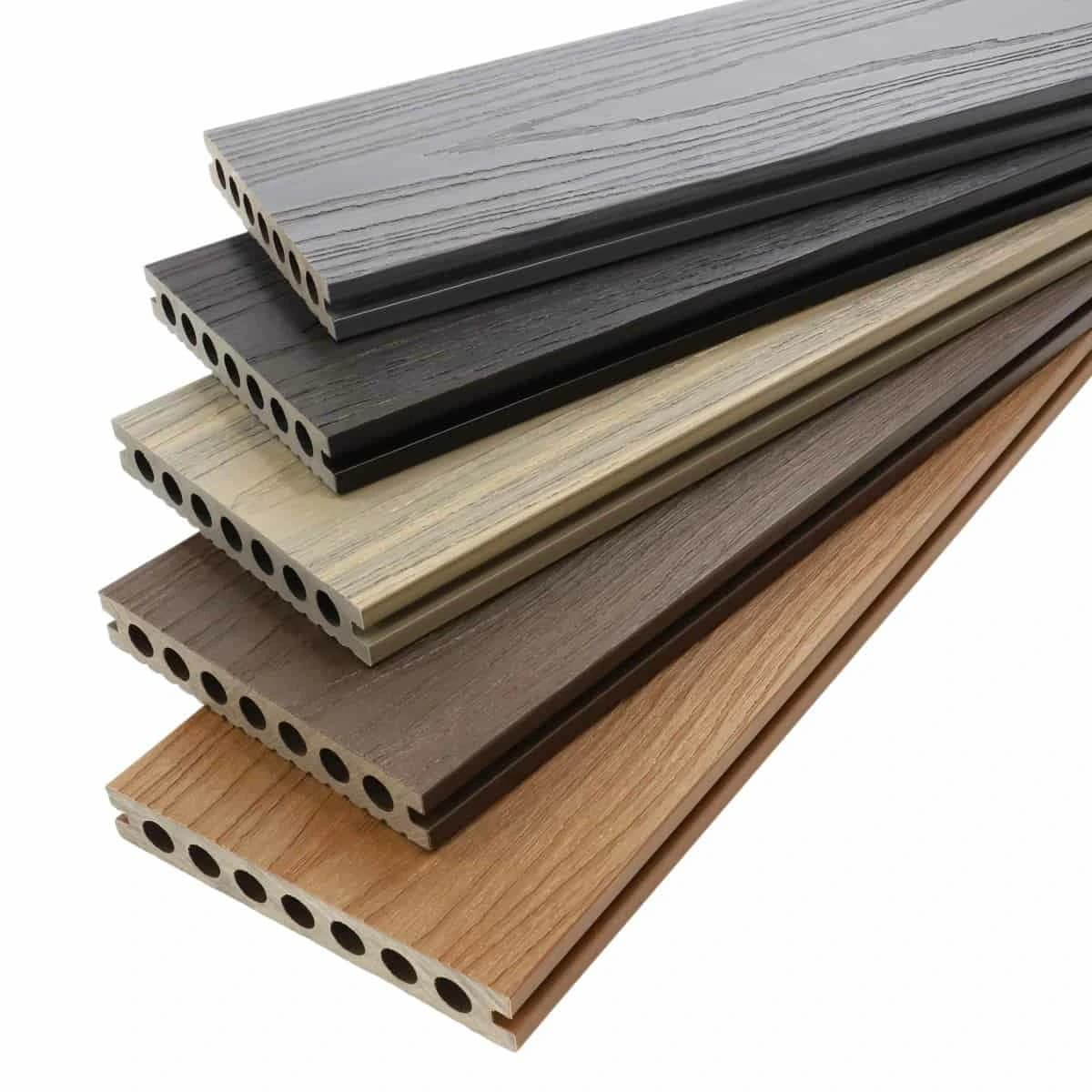
Here’s the cool part – these aren’t just different names for the same product. The solid boards actually have about 30% more material density compared to hollow ones, making them ideal for heavy foot traffic areas. And get this – the capping technology they use? It’s the same stuff they put on luxury yachts. Whether you’re building a cozy backyard retreat or a bustling restaurant patio, there’s a Unifloor spec that’ll make your life easier. Trust me, I’ve made the mistake of using the wrong type before – learned that lesson the hard way!

